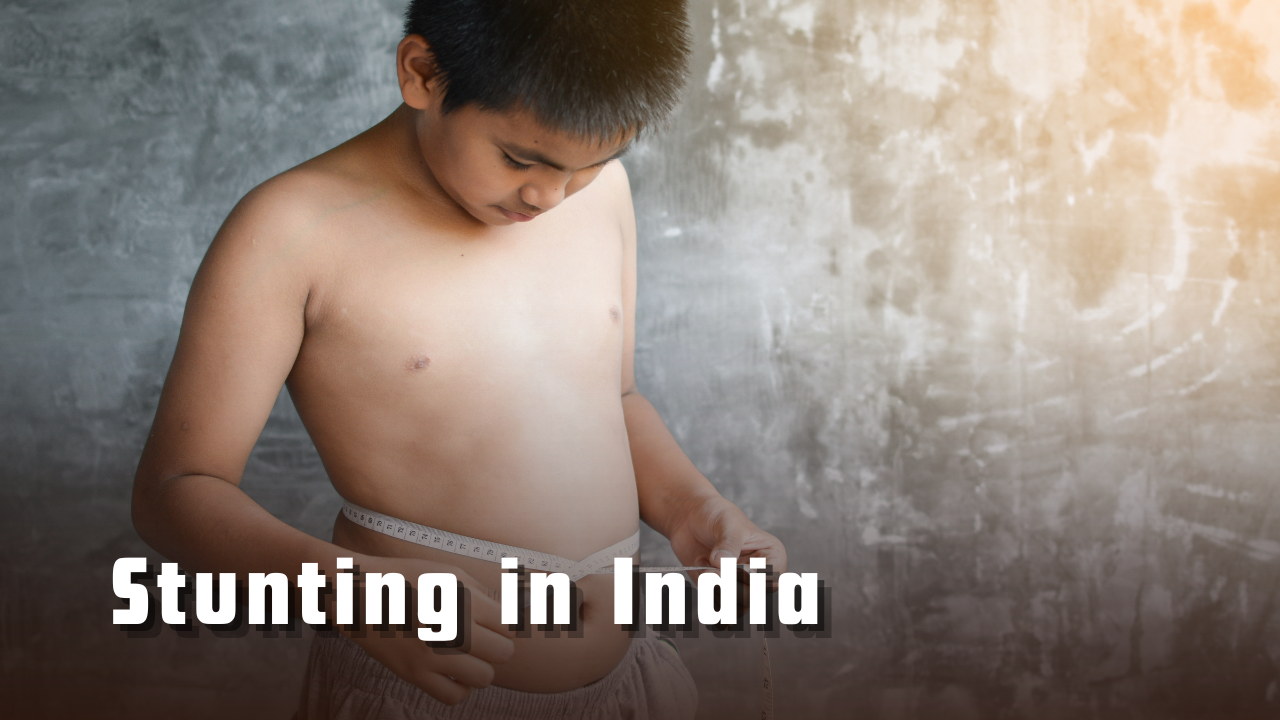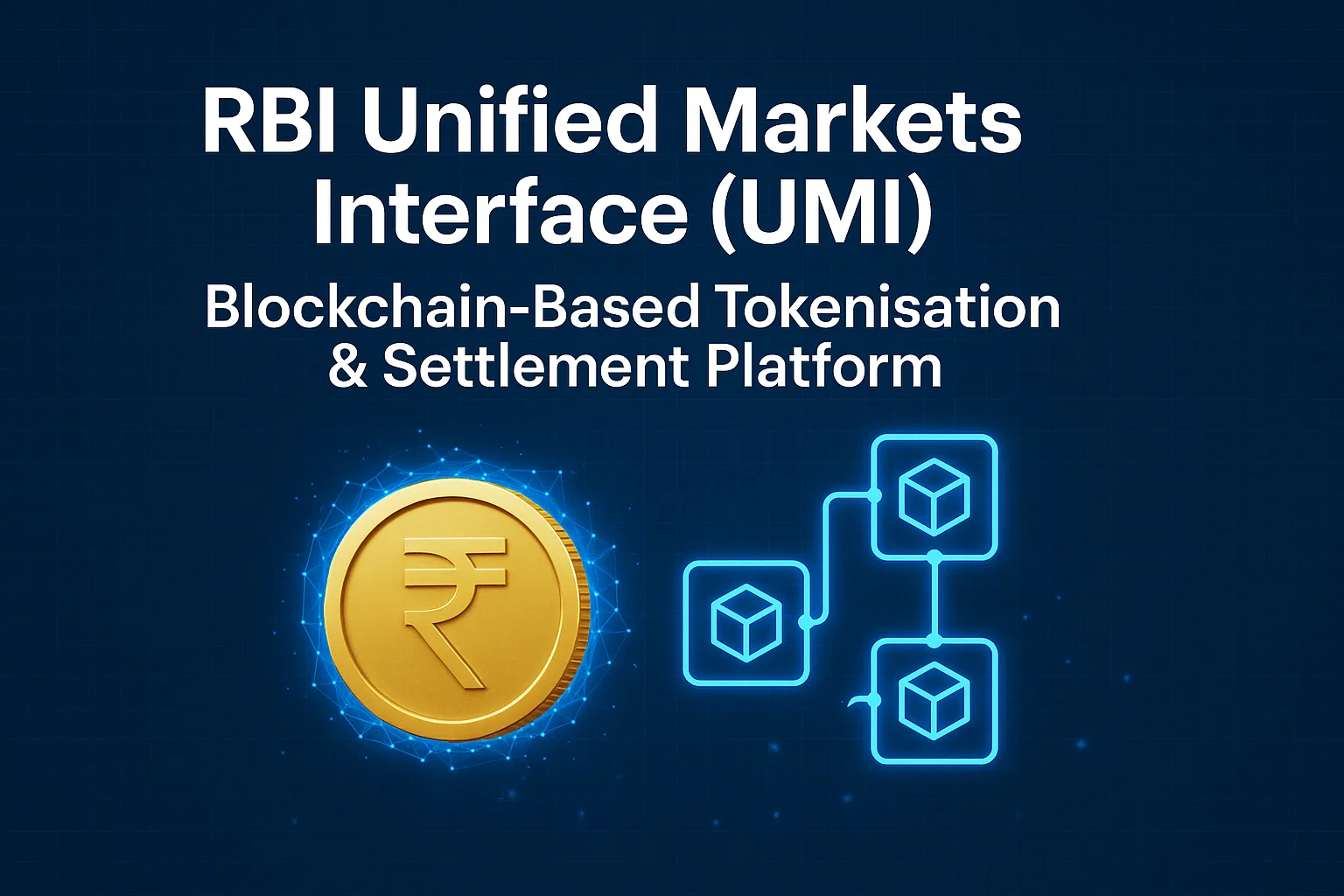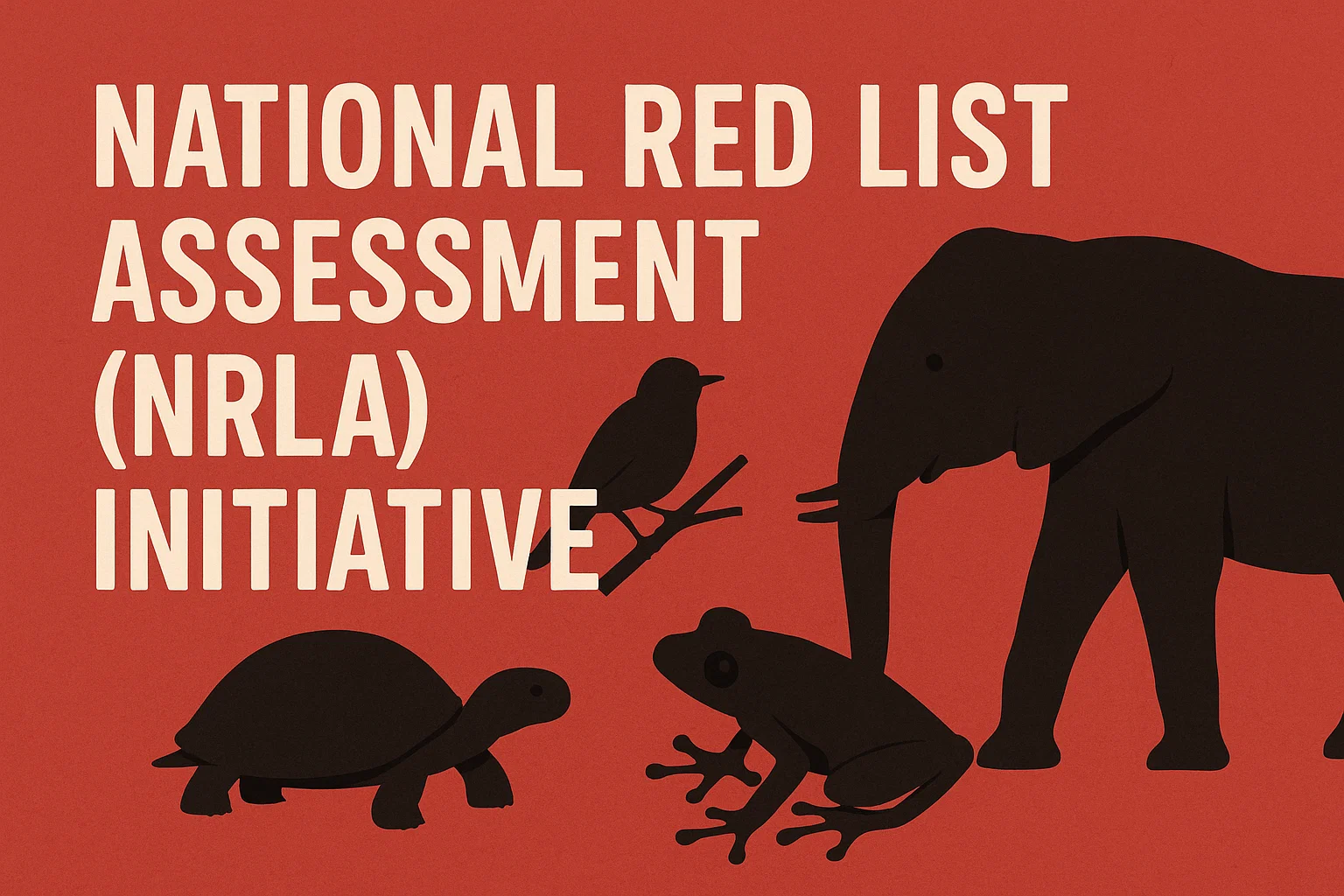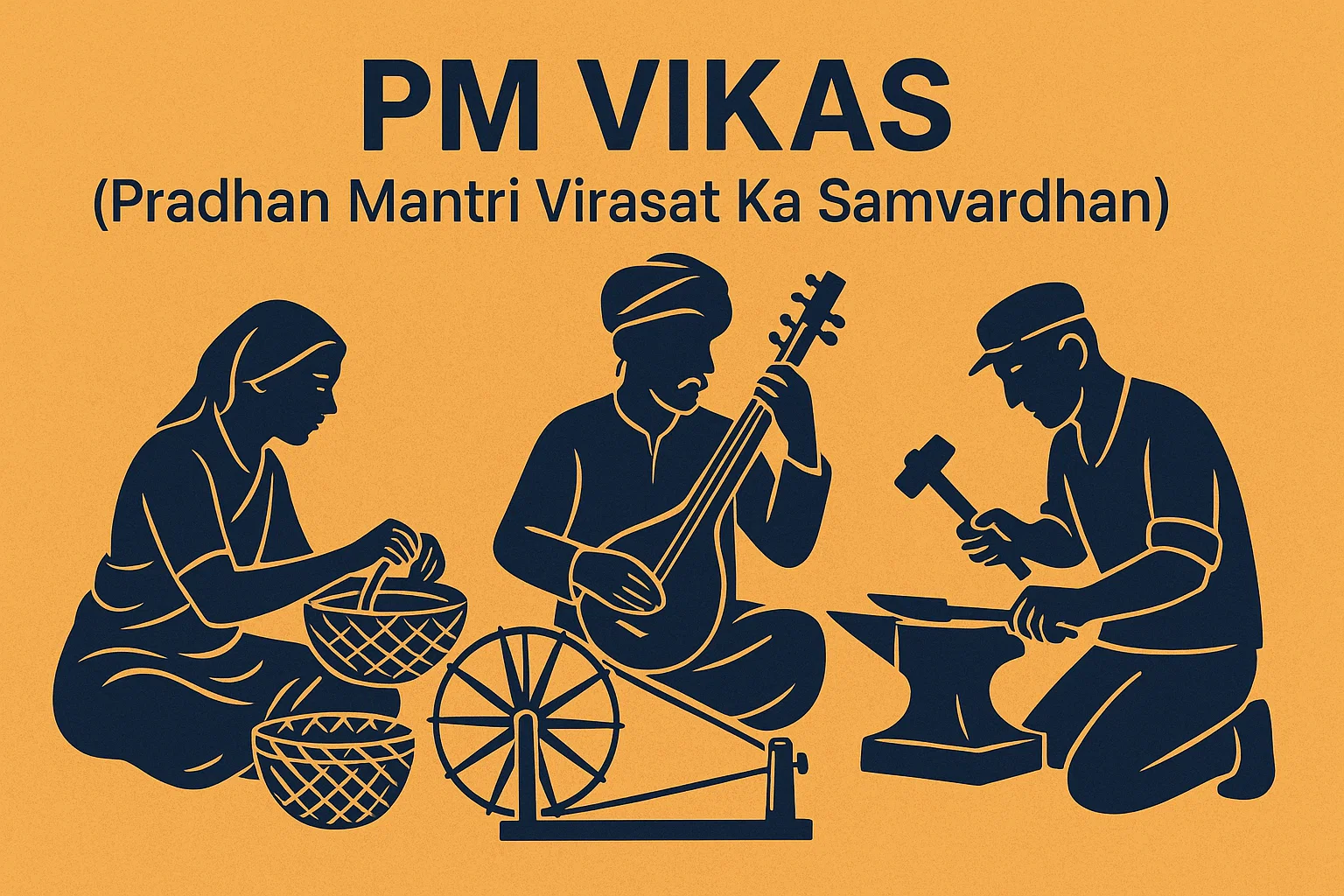Font size:
Print
Stunting in India
The complex web of factors behind India’s persistent stunting crisis
Context: Stunting—low height-for-age from chronic malnutrition—remains high in India at 37% (2025), only slightly improved from 38.4% (2016), showing limited progress despite POSHAN Abhiyaan’s Mission 25 (2018) and reflecting deep socio-economic and systemic challenges.
What are the major causes of rising instances of stunting in India?
- Maternal Health & Teenage Pregnancies: Teen mothers often give birth to low-weight babies due to poor nutrition and inadequate prenatal care. Anaemia affects 57% of women aged 15–49, increasing stunting risk in newborns.
- Poor Infant Feeding Practices: Only 64% of infants under 6 months are exclusively breastfed. Complementary feeding is often delayed or nutritionally inadequate.
- Dietary Deficiencies: Diets are heavily carbohydrate-based (rice, wheat), lacking proteins and micronutrients. Only 11% of children aged 6–23 months meet minimum dietary standards.
- Sanitation & Hygiene: 19% of households still practice open defecation. Poor sanitation leads to recurrent infections like diarrhoea, which impair nutrient absorption.
- Maternal Education & Social Norms: Children of mothers with no education show 46% stunting vs. 26% among those with 12+ years of schooling. Cultural beliefs around food and care during pregnancy also play a role.
What are the initiatives taken to address stunting in India?
- POSHAN Abhiyaan (National Nutrition Mission, 2018): Aimed to reduce stunting by 2 percentage points annually. Set ambitious target of 25% stunting by 2022 under “Mission 25 by 2022”. Focuses on convergent action across ministries: health, women and child development, water, sanitation, etc. Use of POSHAN Tracker to monitor and target interventions.
- Integrated Child Development Services (ICDS): Provides supplementary nutrition, health check-ups, and immunisations through Anganwadi centres.
- Mid-Day Meal Scheme & PM POSHAN: Provides school children with one nutritious meal a day, now expanded with more focus on diet diversity.
- Anaemia Mukt Bharat: Targets the reduction of anaemia through iron and folic acid supplementation.
- Janani Suraksha Yojana & Pradhan Mantri Matru Vandana Yojana: Offer financial incentives for institutional deliveries and maternity benefits to promote health-seeking behaviour.
- Swachh Bharat Mission (Rural & Urban): Aims to eliminate open defecation and improve access to sanitation.
- UNICEF Partnership: Supports government efforts by promoting healthy feeding practices and improving sanitation in Anganwadis. In some states, eggs have been included to boost protein intake for children.
What more efforts are required to address the challenge?
- Strengthen Maternal Health & Nutrition: Increase access to antenatal care and iron-folic acid supplementation.n Address teenage pregnancy through better enforcement of child marriage laws and girls’ education.
- Improve Infant and Young Child Feeding: Promote exclusive breastfeeding for the first 6 months through support systems, especially for working women. Ensure maternity benefits are extended to informal sector workers.
- Focus on Education of Girls: Promote universal education for girls, which delays early marriage, improves maternal health, and positively impacts child nutrition.
- Improve Sanitation and Water Safety: Strengthen efforts to eliminate open defecation. Expand access to safe drinking water, improve hygiene behaviour, and ensure waste management.
- Data-Driven Localised Interventions: Use POSHAN Tracker data for real-time identification of high-risk areas and targeted action. Invest in community-level health workers and social behaviour change communication (SBCC).
- Address Social Inequities: Recognise and target interventions for marginalised communities — tribal, Dalit, migrant, and informal sector families. Strengthen inter-sectoral coordination and ensure accountability of delivery systems at all levels — from national to local.
Subscribe to our Youtube Channel for more Valuable Content – TheStudyias
Download the App to Subscribe to our Courses – Thestudyias
The Source’s Authority and Ownership of the Article is Claimed By THE STUDY IAS BY MANIKANT SINGH




